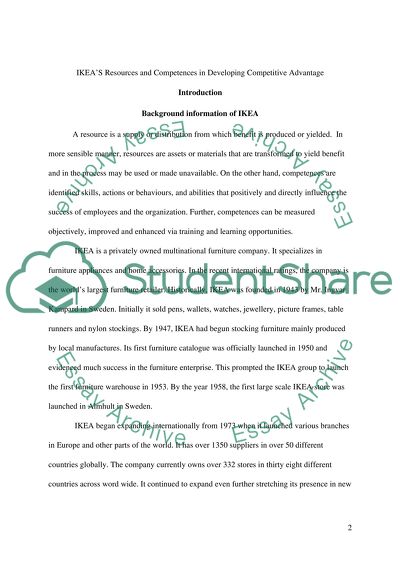Cite this document
(“IKEAs Resources and Competences in Developing Competitive Advantage Essay”, n.d.)
Retrieved from https://studentshare.org/marketing/1589608-ikeas-resources-and-competences-in-developing-competitive-advantage
Retrieved from https://studentshare.org/marketing/1589608-ikeas-resources-and-competences-in-developing-competitive-advantage
(IKEAs Resources and Competences in Developing Competitive Advantage Essay)
https://studentshare.org/marketing/1589608-ikeas-resources-and-competences-in-developing-competitive-advantage.
https://studentshare.org/marketing/1589608-ikeas-resources-and-competences-in-developing-competitive-advantage.
“IKEAs Resources and Competences in Developing Competitive Advantage Essay”, n.d. https://studentshare.org/marketing/1589608-ikeas-resources-and-competences-in-developing-competitive-advantage.


